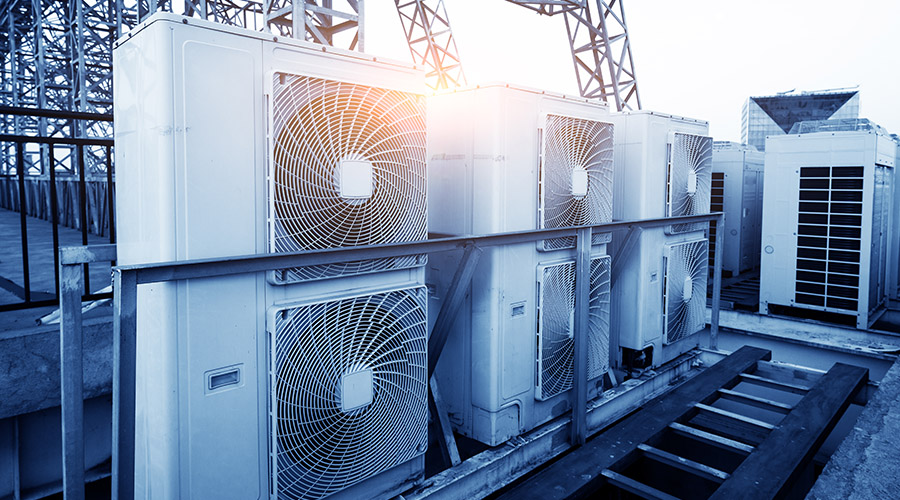
HVAC manufacturers discuss filtering out unpleasant odors from healthcare facilities.
Like any facility, healthcare facilities are bound to have unpleasant odors from time to time. Fortunately, HVAC systems help filter these aromas out before they become too strong. In this manufacturer roundtable, Healthcare Facilities Today speaks with HVAC manufacturers about how HVAC systems help weed out unwanted smells.
What do HVAC systems do to help filter out odors in a healthcare facility?
“Dehumidifiers remove excess moisture from the air. This reduces the risk of unpleasant smells caused by mold, mildew, or fungi that thrive in moist environments. Air changes and good circulation ensure that fresh air is regularly replacing stale or odoriferous air. Filters remove particles from the air. Different levels of filtration can be used in combination to optimize the quality of inbound and circulating air. Specialized aerosols can be employed to eradicate odor molecules in the air.”
— Jennifer Montville, director of marketing, DriSteem
“ASHRAE Standard 170 establishes design requirements for healthcare facilities including those for odor control. The primary means is typically through dilution ventilation relying on the prescribed outdoor air change rates to assist with odor control. In addition to dilution ventilation areas that are likely to have potential odor control issues, it is recommended that the air is directly exhausted to the outdoors and not recirculated to other areas of the building.
Going beyond ASHRAE Standard 170 filters with activated carbon can be used. The porous structure of the activated carbon can absorb odorous particles, removing them from the air stream. Other technologies like air scrubbers utilize ionization and UV lighting to reduce odors as well.”
— Matthew McLaurin, segment manager, Greenheck
“HVAC systems have two primary ways they can help with odors but ultimately it is important to locate the source of any undesired odors and eliminate them, if possible. The two primary methods are filtration and ventilation.
First, HVAC systems can go beyond basic air filtering. Utilizing multi-stage filtration, including HEPA filters to capture microscopic particles and/or gas phase filters to adsorb odors and volatile organic compounds (VOCs) that can contribute to unpleasant smells and even impact indoor air quality.
Second, designing and maintaining ventilation rates, airflow patterns and strategically placed ventilation systems can dilute and remove odors at the source, creating a fresher and safer environment for both patients and staff.”
— Brian T. Estill, portfolio director – healthy buildings and sustainability, Johnson Controls
“Based on the type and style of system, a variety of options are available. The most common include filtration, ventilation and sterilization. Filtration can include HEPA filtration and odor reduction filters such as charcoal based products. The design of these filters must consider the available static pressure of air movement to avoid hindering air flow. Ventilation is the practice of introducing outside air to provide a specific number of air changes within the occupied space.
Factors include accessibility and adjusting for temperature and humidity to ambient conditions. Sterilization is the use of UV light or photo catalytic oxidation to neutralize microbials in the air stream. It also common practice to zone sections or spaces and address odor producing areas specifically with one the solutions mentioned.”
— Dennis Stinson, vice president of sales, Fujitsu General America, Inc.
Jeff Wardon, Jr. is the assistant editor for the facilities market.
The post "How Do HVAC Systems Filter Out Odors in Healthcare Settings?" appeared first on Healthcare Facilities Today








0 Comments